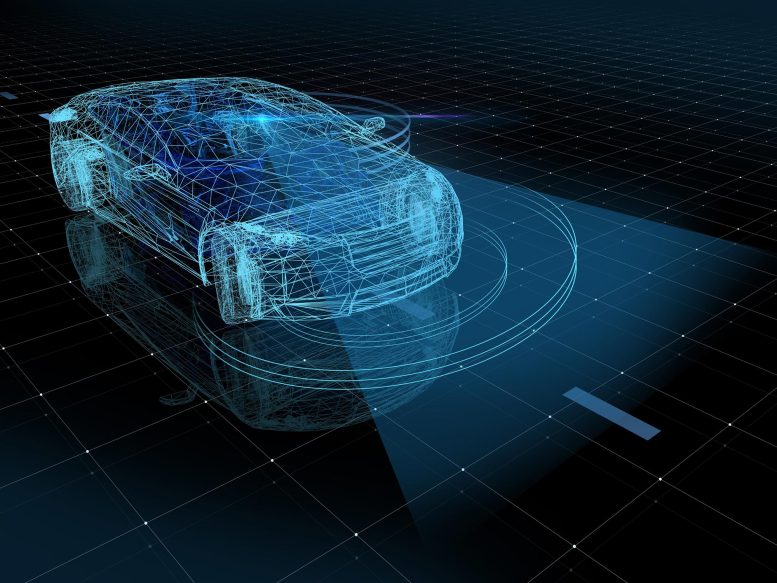Ad
 Quantum information could enhance coordination between autonomous devices, improving efficiency and bandwidth use. Experiments show shared quantum qubits enable influence without direct communication.
Quantum information could enhance coordination between autonomous devices, improving efficiency and bandwidth use. Experiments show shared quantum qubits enable influence without direct communication.
Researchers showed that quantum computing could enable moving devices, like drones, to coordinate efficiently by sharing quantum information, even without direct communication.
A study from the University of Kent reveals that quantum information could potentially be utilized to synchronize the movements of mobile devices like drones and autonomous vehicles.
This could lead to more efficient logistics, which could make deliveries cheaper, and better use of limited bandwidth for the likes of self-driving cars.
By carrying out ‘real world’ experiments on a quantum computer, the team of quantum physicists (led by PhD student Josh Tucker in the University of Kent’s School of Physics and Astronomy), found that if the two devices share a pair of quantum coins (qubits), the devices can continue to influence each other even after they have been separated and can no longer communicate.
The experiments simulated the phenomenon using real qubits inside a quantum computer developed by IBM. The qubits are made of superconducting material and kept at temperatures colder than the interstellar void. This allows them to behave according to the laws of quantum physics that defy common sense – including the ability to influence each other without coming into contact and without sending signals.
Practical Applications and Challenges of Quantum Coordination
The research paper published in the New Journal of Physics, shows a new way that quantum computing technology could positively enhance the coordination between moving devices to rival and complement the growing use of AI.
On the research, Josh Tucker said: “Our research has made significant progress in using quantum computing for real world impact. Our findings provide a route towards possible practical applications of quantum computing, as well as highlighting the challenges and limitations when implementing these strategies on current quantum hardware.”
Reference: “Quantum-assisted rendezvous on graphs: explicit algorithms and quantum computer simulations” by J Tucker, P Strange, P Mironowicz and J Quintanilla, 25 September 2024, New Journal of Physics.
DOI: 10.1088/1367-2630/ad78f8
Ad

